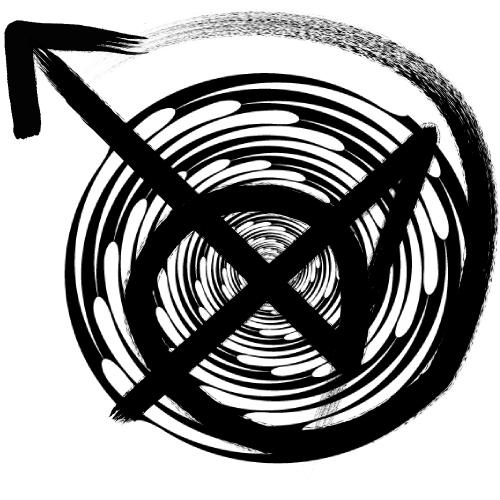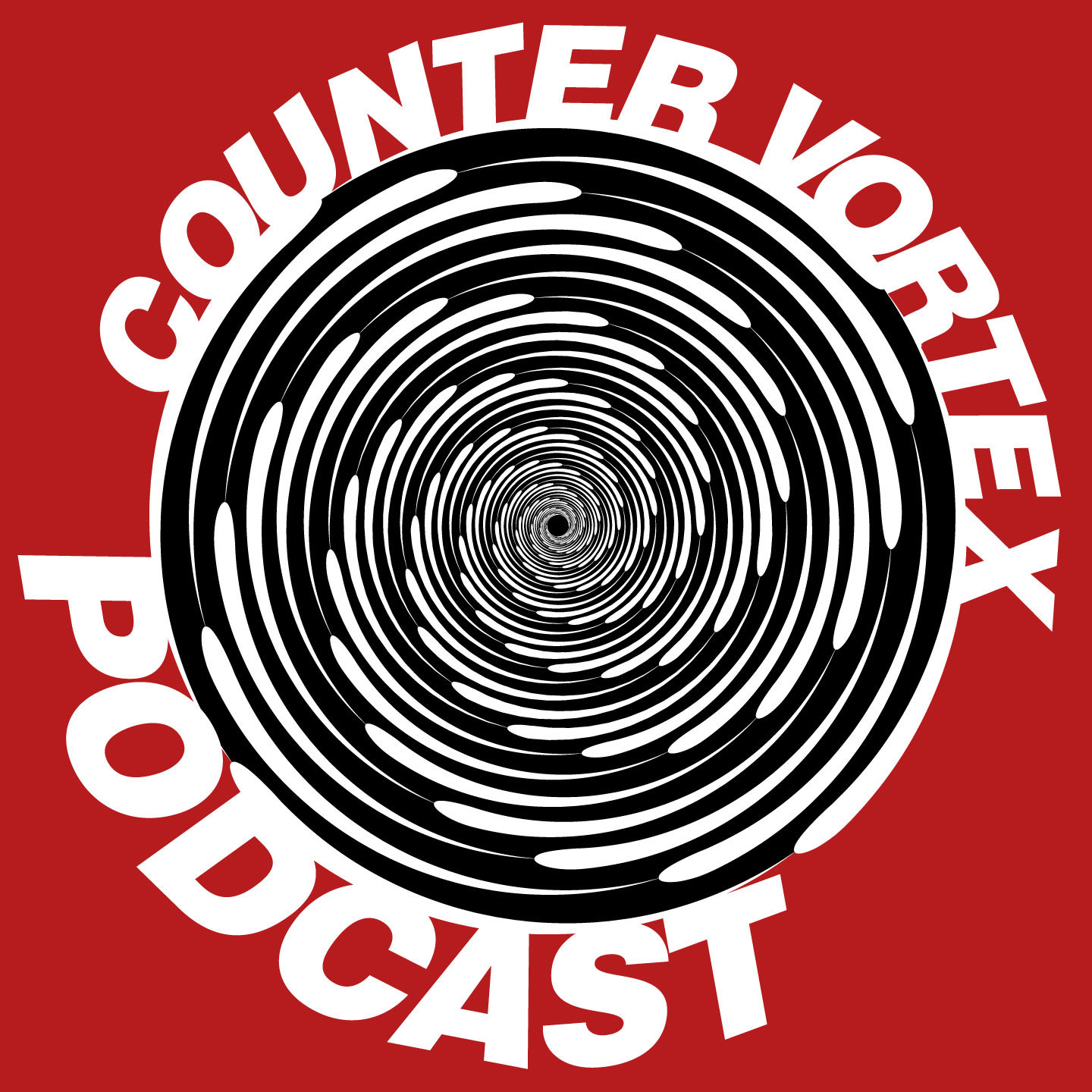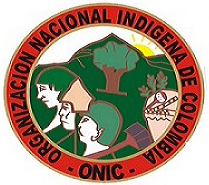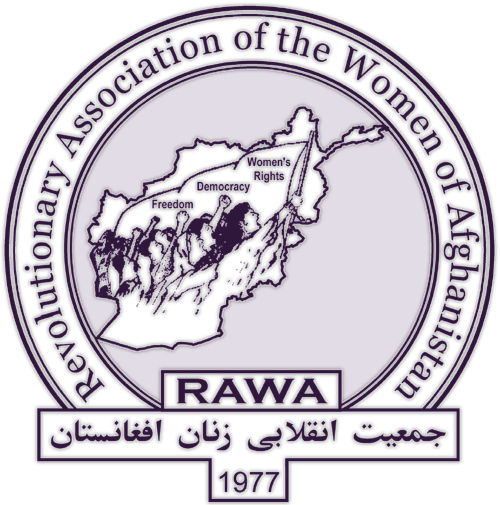narco wars
Mexico: battle for Tamaulipas begins?
Mexico's government has pledged to deploy more security forces to Tamaulipas—right on the Texas border, and one of the country's most violent states. Mexican Governance Minister Miguel Angel Osorio promised a "new phase" of action against the state's warring drug cartels. The move was prompted by the May 5 assassination of Salvador Haro Muñoz, the Tamaulipas state government intelligence chief, in an ambush on his car in the state capital, Ciudad Victoria. Ten officers from the Tamaulipas state police force have been arrested by federal authorities in connection with the hit, which was said to have been carried out by the Zetas narco-paramilitary network. Also detained was José Manuel López Guijón, security chief for Tamaulipas Gov. Egidio Torre Cantú.
Michoacán: ex-vigilantes register weapons
Mexico's government on May 10 started to swear in members of the "community police" vigilante network in Michoacán state for a new rural police force, which is supposed to bring the self-defense militias under state control. An initial 240 "community police" members gathered for the ceremony in the village of Tepacaltepec, a stronghold of the movement, where they received new blue uniforms and registered their rifles, or turned them in for state-issued AR-15s. The ceremony was overseen by the federal pointman for Michoacán, Alfredo Castillo, who waxed florid for the occassion: "Those who 15 months ago said 'Enough' and decided to confront those who did them harm—because of them today we have the State Rural Force that carries the same conviction of justice, of courage, valor, bravery needed to protect those, who we love the most, our families."
Mexico: more narco-mineral exports seized
Mexican authorities on May 1 announced the seizure of a ship carrying 68,000 tons of illegal iron ore bound for China—hailed as the latest blow in a crackdown on the contraband mineral sideline by the Knights Templar drug cartel. Federal police were apparently tipped off by an anonymous phone call after the ship left Lazaro Cárdenas, the Pacific port in conflicted Michoacán state. Authorities detained the ship, the Jian Hua, off Manzanillo, the next major port up the coast, in neighboring Colima state. The ship's crew produced documents showing it had authorization to transport the iron ore. But authoriites said the paperwork listed a legal mine that was not the actual source of the contraband ore. The company operating the ship, China's Fujian Huarong Marine, has been given one month to prove to authorities that the ore was extracted legally. Mexican authorities say they have seized more than 200,000 tons of illegal iron ore so far this year, most of it headed for China.
Rio: favela violence spills into Copacabana
At least three cars, including a police vehicle, were set ablaze in the Rio de Janeiro favela of Complexo do Alemão on April 29 after the fatal shooting of an elderly woman—the latest in a series of such outbreaks as Brazilian authorities attempt to clean up Rio's slums before the World Cup games open next month. Arlinda Bezerra de Assis, 72, died after being shot in the stomach during a gun battle between police and presumed gang members. In another incident on April 23, the favela violence actually spilled into Rio's posh beachfront tourist districts—an unprecedented occurrence that doubtless struck fear deep into the hearts of the city fathers. The protests broke out in the Pavao-Pavaozinho favela, perched on the hills overlooking the famed Copacabana district. The riots were sparked after word spread that the body of Douglas Rafael da Silva Pereira, 25, a popular dancer on Brazil's Globo TV network, had been discovered in the favela—apparently killed as "collateral damage" in another one of the frequent police shoot-outs with drug gangs. Residents swept down into Copacabana, setting fires and hurling bottles at police, vehicles and businesses. The violence also spilled over into nearby Ipanema, another posh tourist district. The young dancer's funeral two days later also exploded into a riot, as mourners blocked traffic after leaving the Sao Joao Batista cemetery, chanting "Justice! Justice! Police murderers!" Police used tear-gas to clear the intersection. The Military Police "pacification" campaign aimed at getting the favelas under control ahead of the World Cup and 2016 Summer Olympics looks like it may be backfiring horribly. (World Bulletin, April 29; AFP, April 25; Daily Mail,VOA, April 23)
May Day mining disaster in Colombia
An unknown number of miners—perhaps as many as 40—were buried alive as an illegal gold mine collapsed late on the night of April 30 at El Palmar, in Colombia's southern department of Cauca. Local campesinos spent May Day volunteering with Santander de Quilichao municipal brigades in a desperate effort to unearth the victims—none of whom are believed to survive. Thus far, only three bodies have been recovered, according to local Red Cross workers. Local residents said the "owners" of the mine were able to escape, but it is still unlcear exactly who they are.
Brazil: riot rocks Rio favela
Military Police occupied the favela, or shantytown, of Caramujo, in the city of Niteroi outside Río de Janeiro, following riots sparked by the death of two local youths in incidents with the security forces April 19. One of the victims, Anderson Luiz Santos da Silva, 21, was outside a church with his family on Good Friday when he was hit by a stray bullet—apparently from a shoot-out between police and local drug dealers. His nine-year-old brother was also wounded in the incident. "The young man died trying to protect his mother and sister," said Niteroi's Catholic Church in a statement. The second victim, Emanoel Gomes, 17, was killed when a police armored vehicle crashed his motorbike. Residents set fire to vehicles and battled police, calling for justice. Amnesty International says some 2,000 people die every year in Brazil in careless and violent police actions. The favelas have been targeted for aggressive police action ahead of the World Cup, which Brazil is to host in June. Rio de Janeiro is also slated to host the 2016 Olympics. (Notimérica, April 20; BBC News, April 19)
Central America: 'narco-deforestation'?
Central America's rainforests are being destroyed by drug traffickers who cut roads and airstirps on officially protected lands, according to a paper in the journal Science. The phenomenon, called "narco-deforestation," is occurring across large swaths of Guatemala and Honduras, and perhaps elsewhere. Erik Nielsen, an assistant professor in the School of Earth Sciences and Environmental Sustainability at Northern Arizona University, said: "Not only are societies being ripped apart, but forests are being ripped apart." He added that cattle ranches are being established on cleared land as fronts to launder drug money.
Rio de Janeiro: military operation against favelas
Brazilian Military Police backed by Marine troops occupied the massive Maré favela next to Rio de Janeiro's Galeao international airport on March 31, allegedly without firing a shot. The aim was to secure one of the city's most violent districts, long under control of drug gangs, ahead of the World Cup, to be held in Brazil in June. Shock troops of the elite Special Police Operations Battalion (BOPE) and Marines in armored vehicles and helicopters secured the Maré area, where 130,000 people live in poverty on the north side of Rio. Police said they seized guns and 450 kilos of marijuana, and arrested two suspected dealers. But residents said most gang leaders slipped out the favela ahead of the occupation. The operation had been expected; in preceding days Police Pacification Units (UPPs) had been installed in 174 of Rio's favelas— home to around 600,000 people. (InSerbia, April 1; MercoPress, March 31)















Recent Updates
3 hours 47 min ago
4 hours 27 min ago
4 hours 36 min ago
1 day 7 hours ago
1 day 12 hours ago
2 days 3 hours ago
2 days 3 hours ago
2 days 10 hours ago
2 days 12 hours ago
3 days 4 hours ago